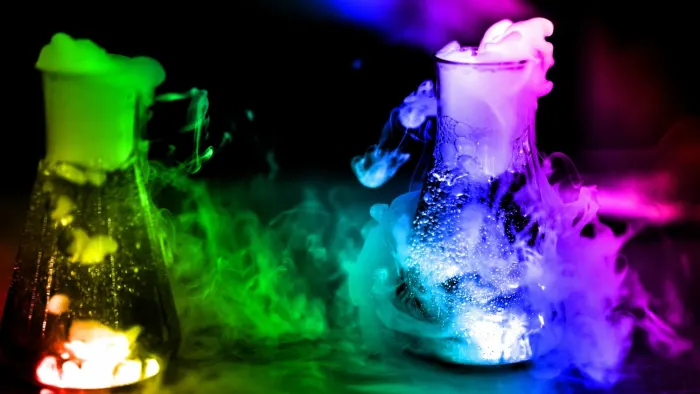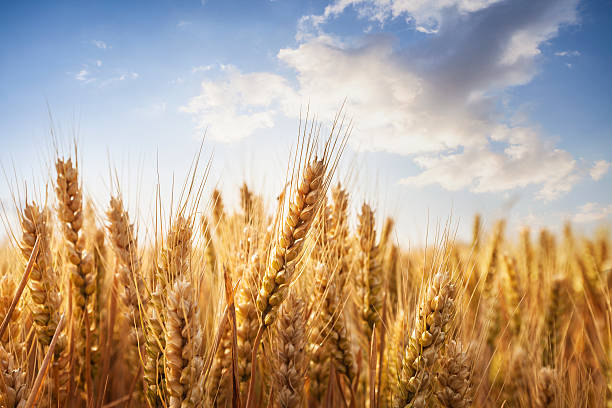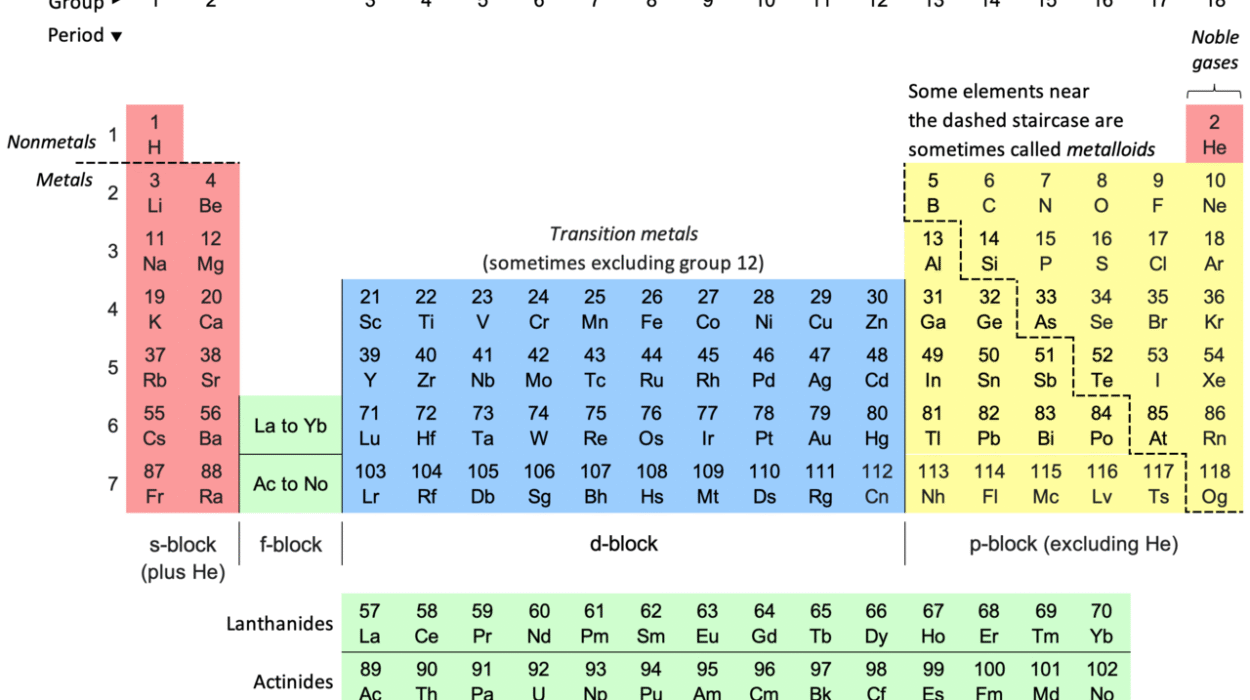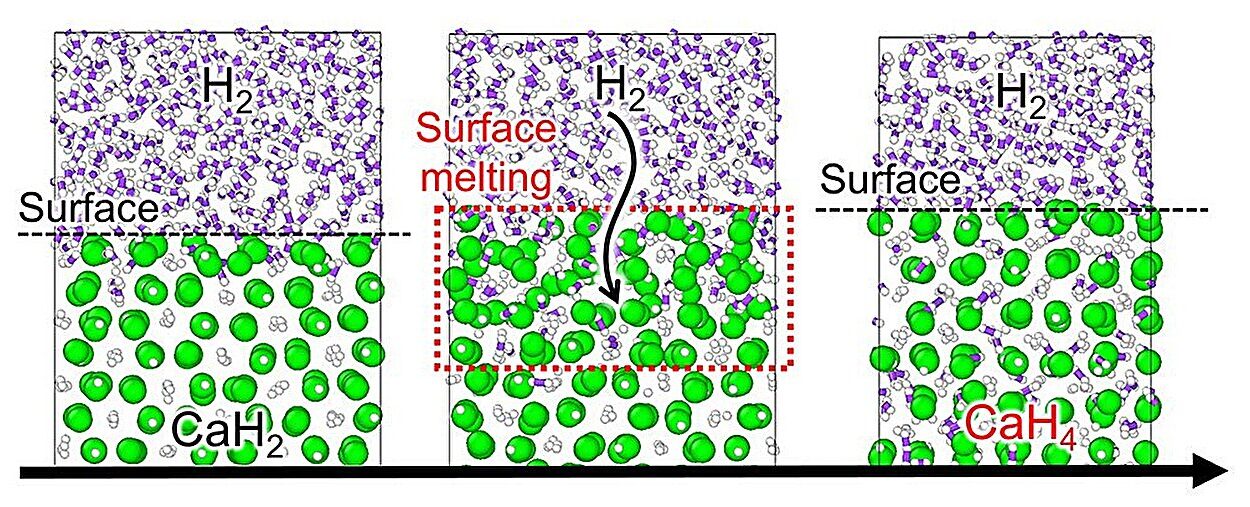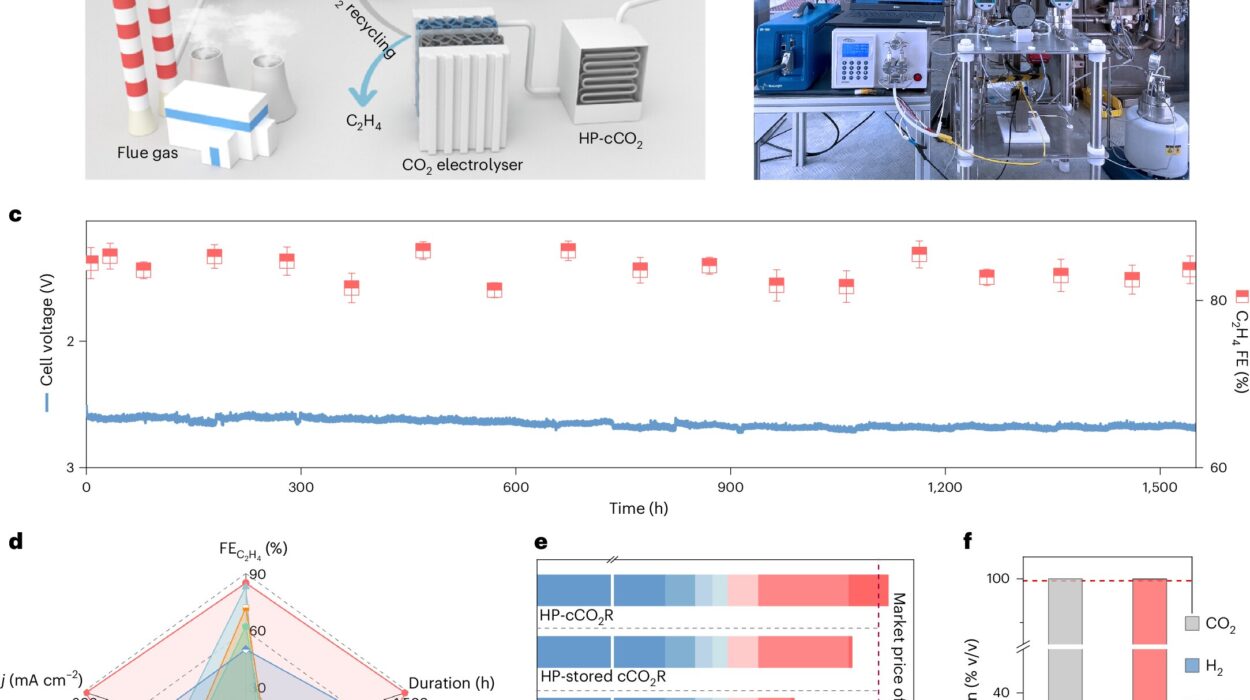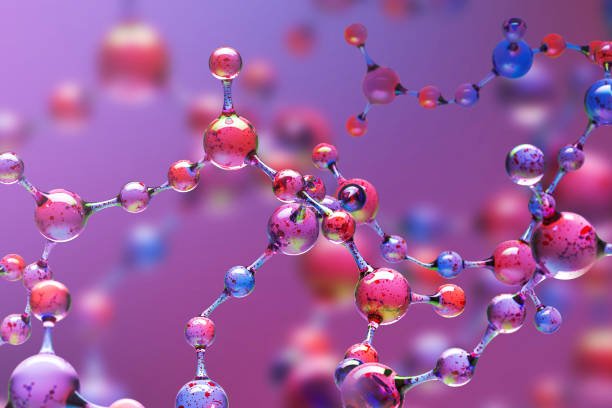Chemical reactions are the invisible choreography of the universe. Every second, in your body, in the air, in the stars, and even in your kitchen, chemical reactions are unfolding—quietly transforming substances into entirely new forms. They’re the reason we breathe, cook, digest, age, and even think.
At its core, a chemical reaction is a process where substances (called reactants) are transformed into new substances (products), usually accompanied by changes in energy, color, temperature, or phase. Some reactions are fast and violent, like explosions. Others are slow and silent, like rust spreading over iron.
Scientists categorize chemical reactions into several types, but five major ones dominate high school textbooks, chemistry labs, and industrial processes: synthesis, decomposition, single replacement, double replacement, and combustion. These aren’t just academic classifications—they’re the foundation of life and technology.
In this in-depth article, we’ll journey through each of these five reaction types, understanding their core mechanisms, real-world examples, chemical equations, and their profound role in nature and industry. By the end, you’ll see chemistry not just as formulas and symbols, but as a dynamic narrative of creation, destruction, exchange, and transformation.
Synthesis Reactions: Building Something New
What Is a Synthesis Reaction?
A synthesis reaction is exactly what it sounds like: two or more simple substances combine to form a more complex one. You can think of it like a marriage—two elements or compounds coming together to form a union.
In chemical terms, it looks like this:
A + B → AB
This is one of the most fundamental reactions in chemistry and plays a vital role in both organic and inorganic processes.
Real-World Examples
1. Formation of Water
Hydrogen gas reacts with oxygen gas to form water:
2H₂ + O₂ → 2H₂O
This reaction is exothermic—it releases energy in the form of heat and light. It’s what powers hydrogen fuel cells and what happens when hydrogen explodes.
2. Rust Formation
Iron combines with oxygen in the presence of water to form iron oxide, or rust:
4Fe + 3O₂ → 2Fe₂O₃
This reaction, although slow, illustrates the transformation of a shiny metal into a brittle, reddish compound.
Synthesis in Biology and Industry
In biological systems, synthesis reactions are everywhere. One notable example is protein synthesis, where amino acids combine to form complex proteins. Another is photosynthesis, where plants use sunlight to synthesize glucose from carbon dioxide and water:
6CO₂ + 6H₂O → C₆H₁₂O₆ + 6O₂
In industry, synthesis reactions produce vital compounds such as ammonia, used in fertilizers, through the Haber process:
N₂ + 3H₂ → 2NH₃
Why It Matters
Synthesis reactions are the creators. They’re the chemical constructors of the world, piecing together atoms and molecules to make complex, functional compounds. Without them, life would have no building blocks.
Decomposition Reactions: Breaking It Down
What Is a Decomposition Reaction?
If synthesis is the marriage, decomposition is the divorce. A decomposition reaction involves one compound breaking down into two or more simpler substances.
It generally follows this pattern:
AB → A + B
These reactions often require energy input in the form of heat, light, or electricity to proceed.
Real-World Examples
1. Electrolysis of Water
Using electricity to break water down into hydrogen and oxygen:
2H₂O → 2H₂ + O₂
This process is important in renewable energy systems, especially in the production of clean hydrogen fuel.
2. Decomposition of Calcium Carbonate
When heated, calcium carbonate (found in limestone) breaks down into calcium oxide and carbon dioxide:
CaCO₃ → CaO + CO₂
This reaction is used in the manufacturing of cement and lime, both essential materials in construction.
Decomposition in Nature and Industry
In nature, decomposition reactions are key to nutrient cycling. Organic matter—leaves, animals, waste—breaks down into simpler molecules through bacterial or fungal activity, returning nutrients to the soil.
In industry, decomposition reactions drive processes like metal extraction, plastics recycling, and waste treatment. Thermal decomposition is also crucial in pyrotechnics and explosives, where rapid breakdown releases energy.
Why It Matters
Decomposition reactions are the recyclers and dismantlers. They break down the old to make way for the new, maintaining balance and enabling regeneration in both nature and technology.
Single Replacement Reactions: Swapping Partners
What Is a Single Replacement Reaction?
Imagine a dance floor. A couple is dancing, and a single dancer cuts in, replacing one of the partners. That’s the essence of a single replacement reaction.
In chemical form:
A + BC → AC + B
Here, a more reactive element displaces a less reactive one from a compound.
Real-World Examples
1. Zinc and Hydrochloric Acid
Zinc metal reacts with hydrochloric acid to produce hydrogen gas and zinc chloride:
Zn + 2HCl → ZnCl₂ + H₂
This reaction is commonly used in school labs to demonstrate gas production and is also foundational in galvanization and corrosion science.
2. Copper and Silver Nitrate
Copper displaces silver from silver nitrate, forming copper nitrate and solid silver:
Cu + 2AgNO₃ → Cu(NO₃)₂ + 2Ag
This visually striking reaction shows bright silver crystals forming on copper.
Activity Series: Who Replaces Whom?
Not all single replacement reactions occur spontaneously. Whether a metal will replace another depends on its reactivity, ranked in an activity series. Highly reactive elements like potassium and sodium easily displace others, while less reactive ones like gold and silver do not.
Applications in Real Life
In batteries, especially galvanic cells, single replacement reactions are the core processes that generate electrical current. They also occur in metallurgy, where reactive metals extract other elements from ores.
In biology, enzymatic reactions sometimes resemble single replacements, where molecules bind and replace groups in metabolic reactions.
Why It Matters
Single replacement reactions are the agents of change. They show how chemical elements compete and interact, forming the basis for energy production, material transformation, and dynamic equilibrium.
Double Replacement Reactions: Partner Swaps and Precipitates
What Is a Double Replacement Reaction?
Now the dance gets even more interesting. In a double replacement reaction, two ionic compounds exchange partners, forming two new compounds:
AB + CD → AD + CB
These reactions typically occur in aqueous solutions and often result in the formation of a precipitate, gas, or water.
Real-World Examples
1. Silver Nitrate and Sodium Chloride
When mixed in solution, silver nitrate and sodium chloride produce silver chloride (a solid precipitate) and sodium nitrate:
AgNO₃ + NaCl → AgCl↓ + NaNO₃
The formation of a white solid indicates a chemical change—this is a hallmark of a double replacement reaction.
2. Barium Chloride and Sulfuric Acid
This reaction yields barium sulfate (a white precipitate) and hydrochloric acid:
BaCl₂ + H₂SO₄ → BaSO₄↓ + 2HCl
It’s used in qualitative analysis to test for the presence of sulfate ions.
Types of Double Replacement Reactions
There are three main outcomes:
- Precipitation: An insoluble salt forms and falls out of solution.
- Neutralization: An acid and base combine to form salt and water.
- Gas Formation: A gas is produced, often observed as bubbling.
Example of neutralization:
HCl + NaOH → NaCl + H₂O
This reaction is central to both biology (pH balance) and medicine (antacids).
Industrial and Biological Relevance
In water treatment, double replacement reactions remove harmful ions through precipitation. In pharmaceuticals, acid-base reactions ensure the proper formulation of drugs. In biology, the buffering systems that stabilize our blood pH rely on these principles.
Why It Matters
Double replacement reactions reveal the hidden symphony of aqueous chemistry. They govern how ions interact, how pH shifts, and how complex compounds form and separate in everything from ocean water to your bloodstream.
Combustion Reactions: Fire, Energy, and Light
What Is a Combustion Reaction?
Combustion is the chemical reaction we most associate with energy. It’s what burns your fuel, cooks your food, lights fireworks, and powers rockets. In a combustion reaction, a substance (usually containing carbon and hydrogen) reacts with oxygen, releasing heat and light.
The general formula is:
Fuel + O₂ → CO₂ + H₂O + energy
Real-World Examples
1. Burning of Methane
CH₄ + 2O₂ → CO₂ + 2H₂O + heat
This reaction heats homes, runs stoves, and powers gas turbines.
2. Combustion of Octane (Gasoline)
2C₈H₁₈ + 25O₂ → 16CO₂ + 18H₂O + energy
This reaction powers your car’s engine and has revolutionized transportation.
Complete vs. Incomplete Combustion
- Complete combustion occurs when oxygen is abundant, producing CO₂ and water.
- Incomplete combustion occurs when oxygen is limited, producing carbon monoxide (CO) or even soot (C).
Incomplete combustion is dangerous and inefficient. Carbon monoxide is a deadly gas that binds to hemoglobin more strongly than oxygen.
Combustion in Nature and Technology
In biology, the combustion of glucose in cells (cellular respiration) is a controlled version of fire:
C₆H₁₂O₆ + 6O₂ → 6CO₂ + 6H₂O + energy (ATP)
In industry, combustion powers electric plants, jet engines, and rockets. It also underlies energy crises and environmental debates due to CO₂ emissions.
Why It Matters
Combustion reactions are the energy engines of civilization. They are dramatic, powerful, and essential—but they also come with responsibility, shaping climate, industry, and our future.
Beyond the Big Five: A Glimpse into Advanced Chemistry
While synthesis, decomposition, single and double replacement, and combustion reactions dominate introductory chemistry, there are many more specialized reactions:
- Redox reactions: Involving electron transfer, central to batteries and corrosion.
- Polymerization: Linking monomers to create plastics and DNA.
- Photochemical reactions: Triggered by light, as in vision and photosynthesis.
- Acid-base reactions: Crucial in physiology and environmental science.
Each of these builds upon the foundations laid by the big five and expands our understanding of how substances interact.
Conclusion: The Language of Matter
Chemical reactions are more than just equations. They are the language in which matter communicates, transforms, and evolves. They explain why iron rusts, why wood burns, why baking soda fizzes, and why your muscles contract.
By understanding the five major types—synthesis, decomposition, single replacement, double replacement, and combustion—we gain a framework for exploring the infinite complexity of the material world.
Each type of reaction tells a story:
- Synthesis is the story of creation.
- Decomposition is the story of breakdown and decay.
- Single replacement is the story of conflict and competition.
- Double replacement is the story of exchange and equilibrium.
- Combustion is the story of power and transformation.
Together, they form the basis of life, technology, industry, and the universe itself. And whether you’re mixing chemicals in a lab or baking a cake at home, you’re part of that story—witness to the grand and ceaseless dance of the elements.
